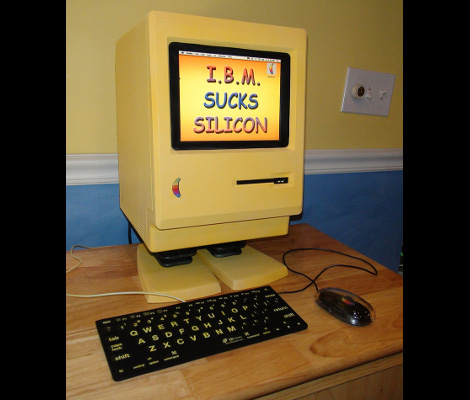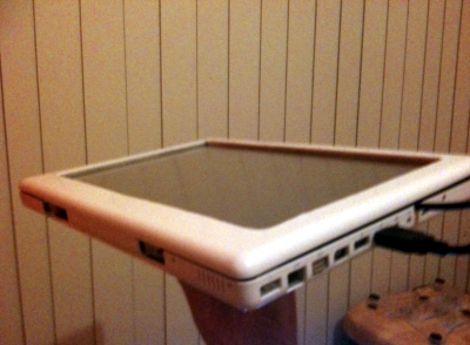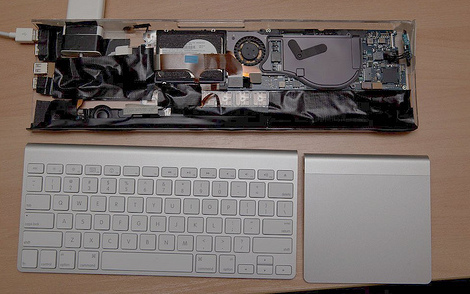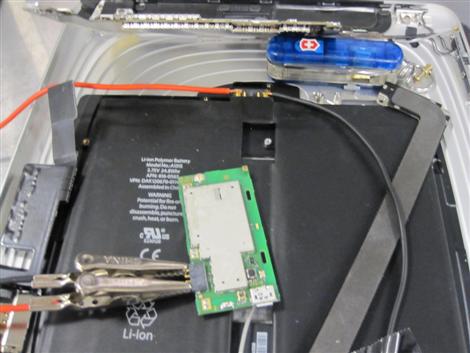
[John’s] latest build strikes a chord of nostalgia by realizing the Banana Jr. 6000. The whimsical hardware is the product of the Bloom County comic strip. It first appeared in 1984, the same year as the Macintosh. [John] used a Mac Plus as the case but completely revamped the insides. An 8″ touchscreen takes the place of the original cathode ray tube. There’s also a Mac Mini and a couple of speakers salvaged from other Macs. To get things looking just right he altered the case’s logo, painted it yellow, and even altered the Leopard operating system. Now when you boot up you’ll see a Banana and not a partly consumed pomaceous fruit.
[Thanks Captain DaFt]
















